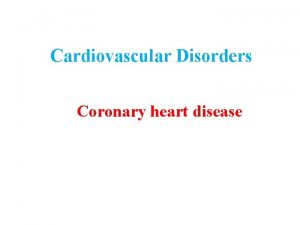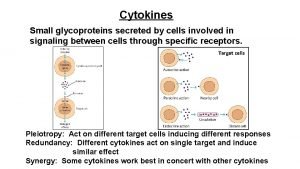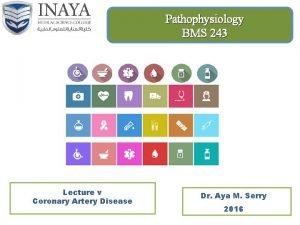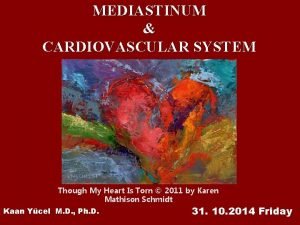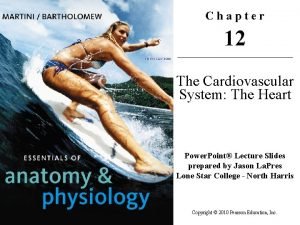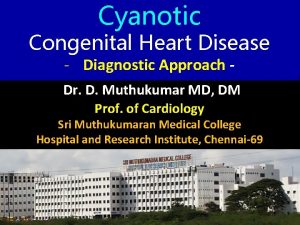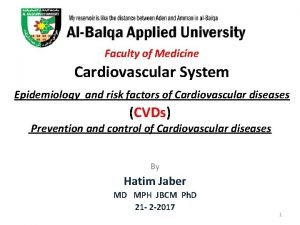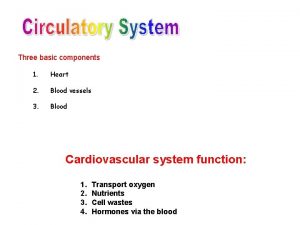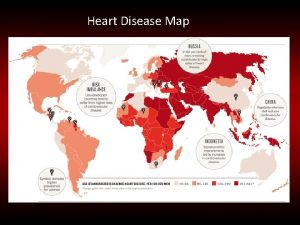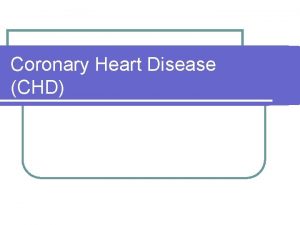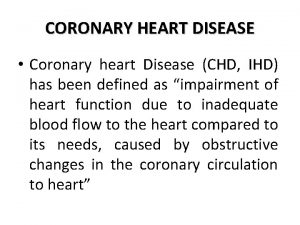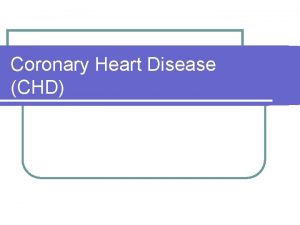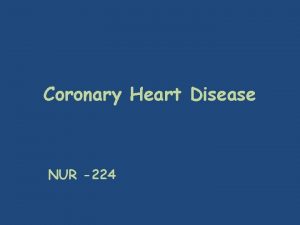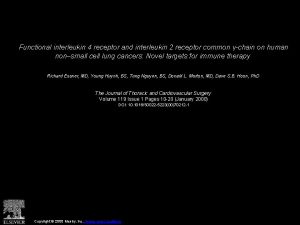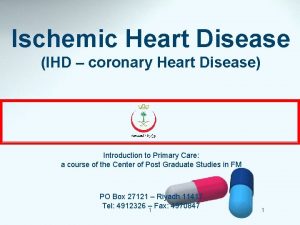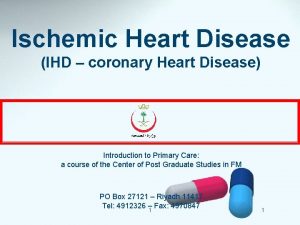Interleukin 6 pathway and coronary heart disease Lu













- Slides: 13

Interleukin 6 pathway and coronary heart disease Lu Qi, MD, Ph. D Assistant Professor of Medicine, BWH and Harvard Medical School Assistant Professor of Nutrition, Harvard School of Public Health 3/27/2012

IL 6 and atherosclerosis Schuett et al. 2009

Variants in IL 6 receptor gene IL 6 signalling, soluble interleukin 6 activates the membrane-bound receptor in hepatocytes and leucocytes, thereby initiating downstream functional cascades Asp 358 Ala (rs 8192284) variant in IL 6 R might impair classic IL 6 signalling by reducing membrane-bound IL 6 R levels.

Diabetes. 2007 Asp 358 Ala with high plasma IL-6 levels Diabetes. 2009 Asp 358 Ala with low plasma CRP levels

In total 204 930 participants were included Associations of Asp 358 Ala with several inflammation biomarkers and conventional cardiovascular risk factors in 125 222 participants without a history of cardiovascular disease Assessed Asp 358 Ala in relation to risk of coronary heart disease in a meta-analysis of 51 441 patients with CHD and 136 226 controls Minor allele frequency of Asp 358 Ala was 39%

Asp 358 Ala and cardiovascular risk factors

The pleiotropic effect of Asp 358 Ala For every minor allele inherited, carriers had a 34. 3% increase in soluble IL 6 R, a 14. 6% increase in interleukin 6, a 7. 5% reduction in C-reactive protein, and a 1. 0% reduction in fibrinogen


Biochemical risk factors and CHD risk

Genetic vs biochemical markers in causal inference Biochemical markers Levels are prone to fluctuation in the circulation One-point measure reflects transient exposure status Confounding and reverse causation Genetic markers Fixed at conception and are indicators of lifelong exposure Not affected by confounding and reverse causation

Asp 358 Ala and CHD risk Odds Ratio/minor allele=0. 966 (95% CI 0. 950 -0. 982; p=0. 000045)


Some comments It is necessary to perform comprehensive analysis to demonstrate Whether the genetic effect is pleiotropic The genetic variants may affect multiple molecular risk factors and therefore not suitable for MR analysis Genetic association analysis on the markers with pleiotropic effects may still provide evidence for causal relation, which may involve the combined contribution of multiple risk factors
 Coronary heart disease
Coronary heart disease Interleukin 1
Interleukin 1 Coronary artery disease
Coronary artery disease Coronary artery disease pathophysiology
Coronary artery disease pathophysiology Av
Av Crash course circulatory system
Crash course circulatory system Coronary circulation of heart
Coronary circulation of heart Bharathi viswanathan
Bharathi viswanathan Heart pathway
Heart pathway Difference between cyanotic and acyanotic heart disease
Difference between cyanotic and acyanotic heart disease Heart disease and stroke are the world's biggest killers
Heart disease and stroke are the world's biggest killers Coronary groove
Coronary groove Correctly label the following internal anatomy of the heart
Correctly label the following internal anatomy of the heart Coronary personality
Coronary personality
